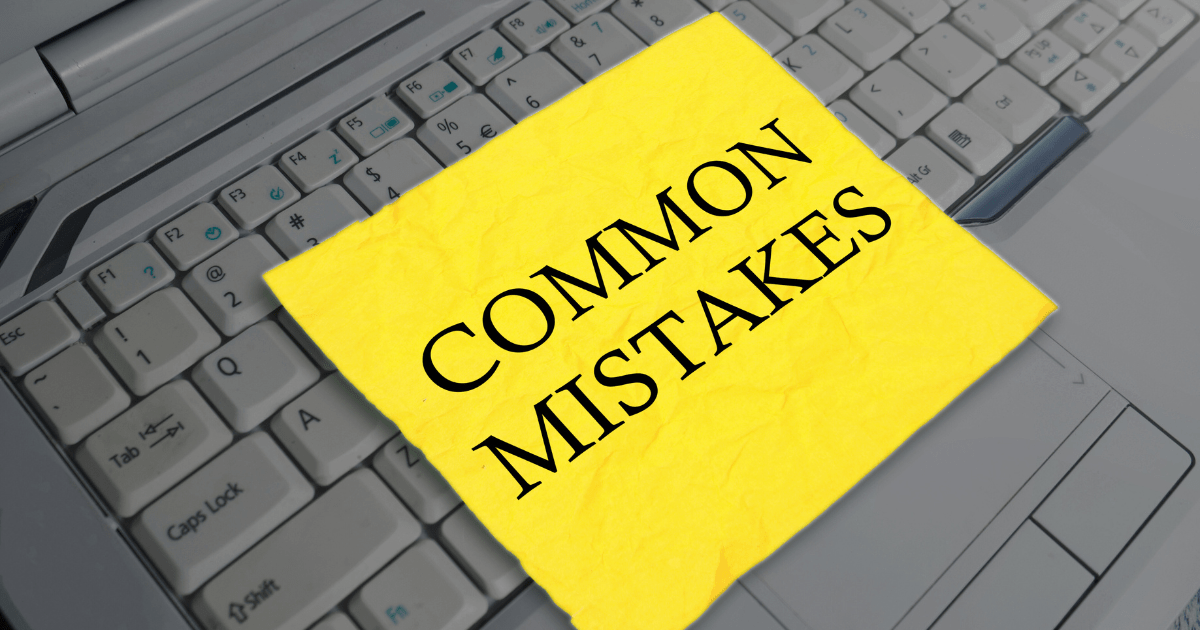CPT Code Modifiers: Essential Guide to Avoiding Claim Denials & Billing Errors
Learn how to use CPT code modifiers correctly to avoid claim denials and billing errors in therapy practices. Discover the role of CPT code modifiers like 59, GP, CQ, and KX in ensuring accurate reimbursement and compliance with payer guidelines.

Billing errors in therapy claims can be a major financial setback for physical therapy practices. Denials due to incorrect CPT code modifiers disrupt cash flow, increase administrative workload, and delay patient care.
One of the most effective ways to avoid these denials is by understanding and correctly applying essential CPT code modifiers.
This guide will help therapists master CPT code modifier use to ensure accurate billing, reduce claim denials, and improve reimbursement efficiency. We will cover common CPT code modifier mistakes, provide practical examples of correct CPT code modifier applications, and outline payer-specific rules to simplify the billing process.
Why Modifiers Matter in Therapy Claims
CPT code modifiers are two-character codes appended to CPT codes to provide additional context about how, where, or under what circumstances a service was performed. When applied correctly, they ensure:
-
-
Accurate Claims Submission: Modifiers clarify service details, such as whether a physical therapist (PT) or a physical therapist assistant (PTA) provided the treatment.
-
Financial Stability: Correct modifier use ensures maximum reimbursement for services rendered.
-
Timely Reimbursement: Proper application reduces the need for resubmissions and appeals, leading to faster payments.
-
Mastering essential modifiers can lead to fewer denials, improved claim processing, and increased revenue for therapy practices.
Practical Examples: Pairing CPT Codes with Modifiers
Applying the right modifier to a CPT code is crucial for accurate billing. Here are some key examples:
1. Manual Therapy (97140) + Modifier 59
When manual therapy (97140) is performed in the same session as therapeutic exercise (97110), the 59 modifier should be added to indicate they are distinct services. This prevents claim rejections due to duplication.
2. Therapeutic Exercise (97110) + GP Modifier
The GP modifier is required to indicate that a physical therapist (PT) provided the service. Missing this modifier can result in denials.
3. Telehealth Services (97110) + Modifier 95
For telehealth sessions, the 95 modifier must be added to indicate that the service was provided remotely.
4. Ultrasound (97035) + Modifier KX
If ultrasound therapy (97035) exceeds Medicare’s therapy threshold, the KX modifier must be used to demonstrate medical necessity for continued treatment.
5. Physical Therapist Assistant (PTA) + Modifier CQ
If a PTA performs the service, the CQ modifier is required to differentiate their services from those provided by a PT, as Medicare reimburses PTA services at a lower rate.
Common Modifier Mistakes to Avoid
Even experienced therapists can make modifier errors. Here are common mistakes and how to avoid them:
1. Mixing up GP and CQ Modifiers
-
-
GP is used when a PT provides the service.
-
CQ is for services provided by a PTA. Confusing these can lead to denials or incorrect reimbursements.
-
2. Incorrect Use of Modifier 59
Modifier 59 is meant for distinct procedures performed in the same session. It should not be overused or applied when services naturally complement each other.
3. Failing to Use KX for Medicare Caps
If a patient exceeds Medicare’s therapy cap, failing to apply the KX modifier can result in denials. Always monitor therapy limits and document medical necessity.
Step-by-Step Guide for Applying Modifiers
To streamline modifier application, follow this structured approach:
-
Identify the Provider Type:
-
-
Use GP for PT services.
-
Use CQ for PTA services.
-
-
-
Check for Telehealth:
-
Determine Service Combination:
-
If two distinct procedures were performed, apply 59 to differentiate them.
-
-
Verify Medicare Caps:
-
-
Apply KX if therapy exceeds Medicare’s threshold.
-
-
-
Review Documentation:
-
-
Ensure medical records justify the modifier’s use for compliance and reimbursement.
-
-
Special Cases and Insurance-Specific Guidelines
Medicare Requirements:
-
-
Medicare requires KX for services beyond therapy caps.
-
CQ and GA modifiers distinguish services provided by PTAs.
-
Private Insurance Rules:
-
-
Some insurers have unique telehealth or group therapy modifier requirements. Always verify guidelines before submitting claims.
-
Tools and Resources for Accurate Modifier Use
Therapists can leverage these resources to improve billing accuracy:
1. EMR Systems with Modifier Support
Modern Electronic Medical Record (EMR) systems offer built-in alerts and suggestions for cpt code modifier application, reducing manual errors.
2. Modifier Cheat Sheets
Having a quick-reference guide listing common CPT codes and their appropriate modifiers can help ensure correct usage.
3. Training and Education
Regular billing and coding workshops can keep therapists updated on modifier guidelines and best practices.
Conclusion
Using the correct modifiers is essential for reducing claim denials and ensuring timely reimbursement. By understanding how to apply modifiers like GP, CQ, 59, and KX, therapists can avoid costly errors, streamline the billing process, and maintain financial stability. Utilizing EMR systems, cpt modifier cheat sheets, and ongoing training will further enhance billing accuracy and efficiency.
Mastering CPT code modifier use is not just about compliance—it’s about maximizing revenue and ensuring seamless patient care.

